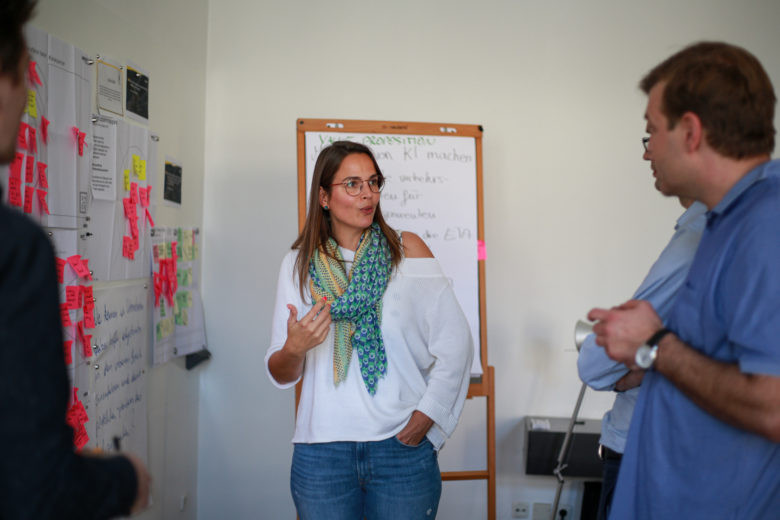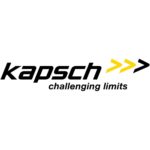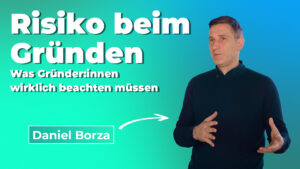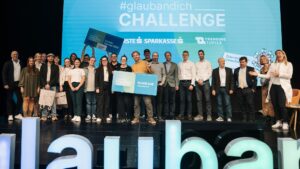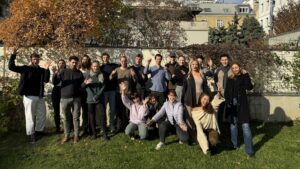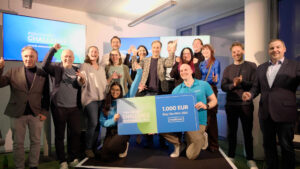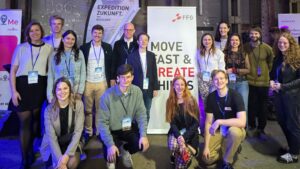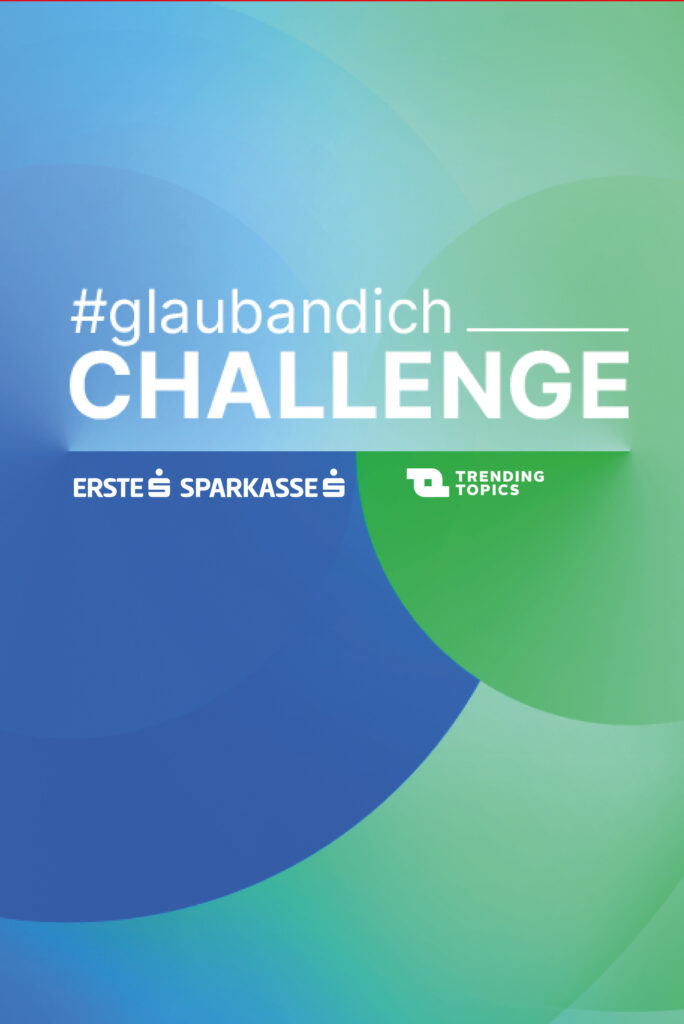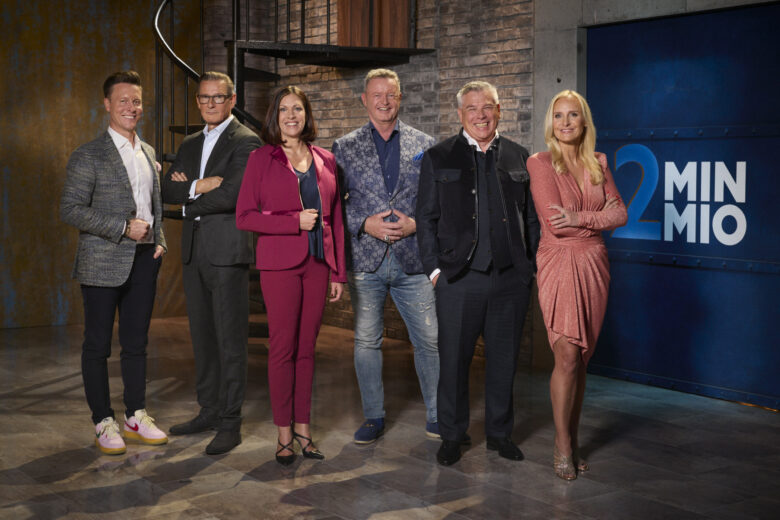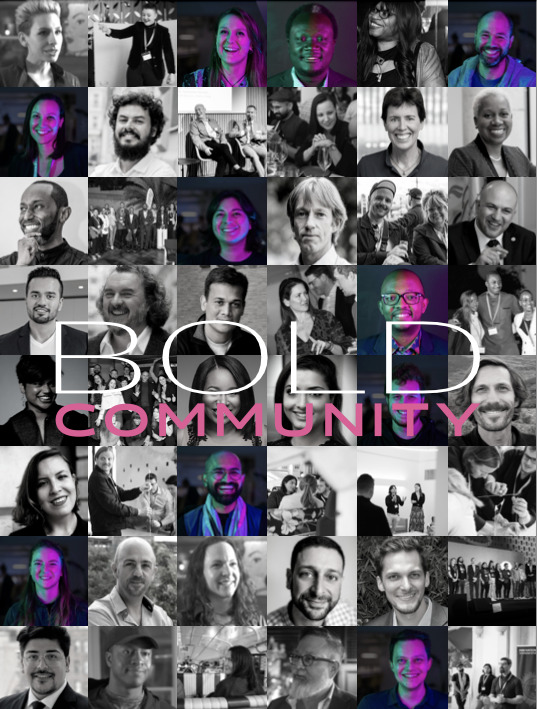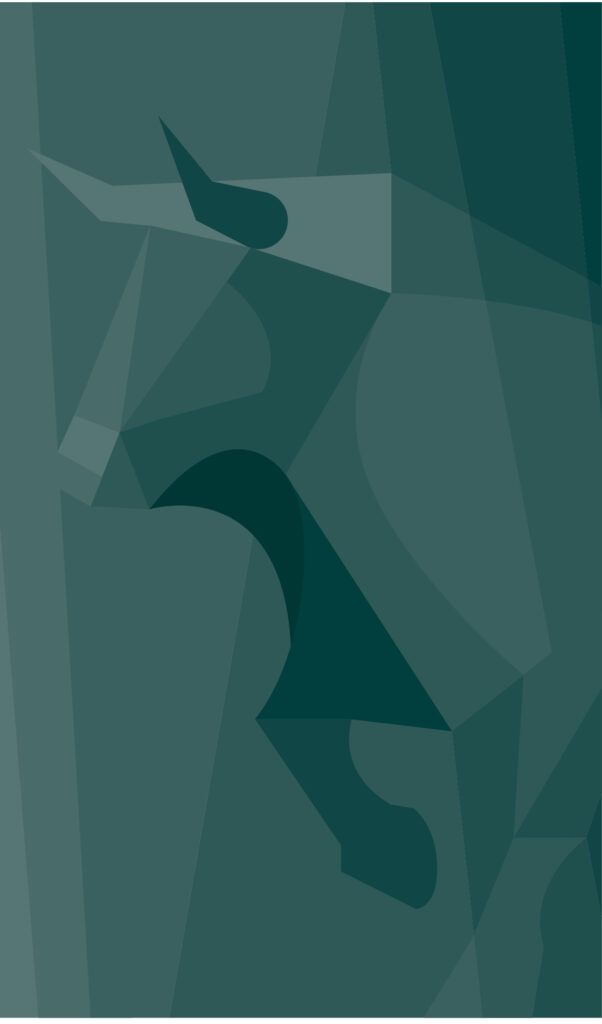Innovation Sprint: How Kapsch Turns Employees Into Intrapreneurs
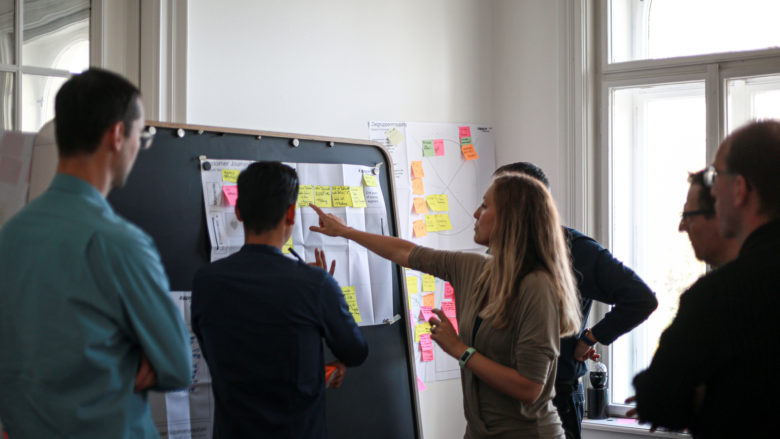
Corporate innovation can be achieved in several ways. Accelerator programs have been established for startups that companies collaborate with on specific topics. But it is not only external tech start-ups whose know-how can be tapped.
In addition to Factory1, a startup accelerator, the Austrian tech company Kapsch has started to rely on intrapreneurship. „We believe in the power to reinvent ourselves from our own ranks and in the innovation potential of our own employees,“ says Cornelia Wolf, Head of Corporate Innovation at Kapsch TrafficCom AG since December 1st. For the first time this year, the company therefore implemented an Innovation Sprint for employees, in which three teams spent six days examining a problem and then working on a solution or a prototype.
Shaping the future of the company
The 16 participants, who participated in the Innovation Sprint from all levels of the company, were formed into three teams – from lawyers to technicians to senior experts, virtually all areas of the company were represented. „That’s a great range of participants we’ve managed. This was very well reflected in the creativity of the teams,“ says Wolf. „The prerequisite for participation comprises attitude and commitment. The participants all have an honest interest in shaping the future of the company.
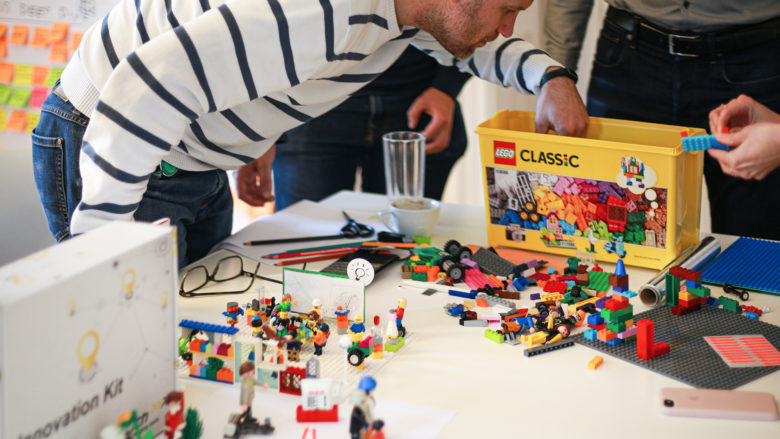
How does an innovation sprint work in detail? „The first half of the sprint is for deep diving into the problem, the second half is for developing the solution,“ Wolf explains. Urban mobility“ was the overriding theme. In three challenges, the three teams provided solution for the following pains,which were defined according to the respective target groups:
- B2B (Business to Business): Companies entering the urban area in a more coordinated way so that they reach their destination punctually and predictably.
- B2C (Business to Consumer): Ensuring stress-free, sustainable and predictable mobility from A to B.
- B2G (Business to Government): Making the complexity of mobility issues understandable and tangible.
„We oriented ourselves on the Google Design Sprint, which lasts five days, and adapted it to our needs,“ says Wolf. The first 3 days of the Innovation Sprint were devoted to the exact evaluation of the problem, for which potential customers were interviewed. „You really have to understand what the real challenge is and not just build on common or own assumptions,“ says Wolf. „It’s about formulating a hypothesis about a problem and testing it in the shortest possible time.
Make the company’s pearls of innovation visible
After the problem phase, it’s time to move on to the solution phase. Based on developed customer journeys and personas, the teams developed the first mock-ups and prototypes. On the sixth day, the final task was to prepare a pitch for the 17 internal jury members.
„All three ideas developed by the teams will soon be presented to the entire Global Leadership Team,“ says Wolf. Then it will be clear how the projects will proceed and how they will fit to the company’s goals. „We are currently in the process of creating possible forms of employee participation,“ says Wolf. After all, some participants in the Innovation Sprint are already on fire and would like to devote 100 percent of their time to the topics they have worked on.
One thing is already certain: an Innovation Sprint can properly motivate employees. And: „With this format you make your company’s pearls of innovation visible,“ says Wolf. „We want to carry out the next Sprint in 2020, this time at a foreign subsidiary.“
